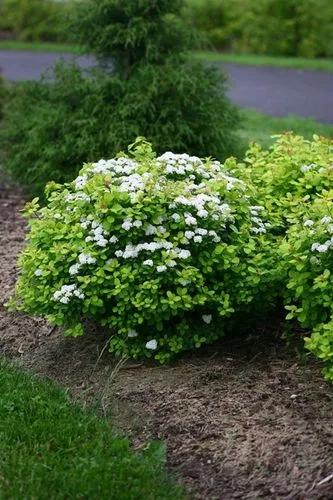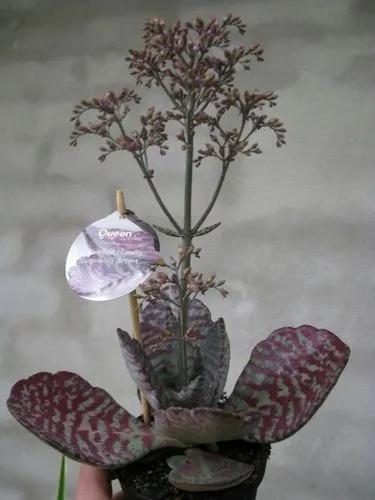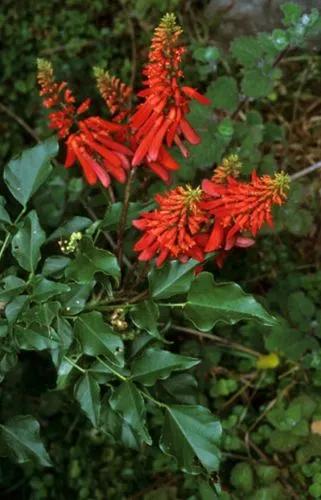The Southern Crabapple, although less common, has its charm in the Southeast. It might not be as vibrant as hybrids, but it offers lovely spring colors, edible fruit, good fall foliage, and colorful fruit that lingers through winter. This small native tree features striking pink blossoms in spring and becomes a favorite fall snack for deer and wildlife with its small red-green crabapples.
Southern Crabapple Care
Malus Angustifolia



The Southern crabapple is a small tree, about 20 to 30 feet tall (6-9 m), with spreading branches forming a rounded crown. Its leaves are elliptical, sawtoothed, and turn paler underneath as they mature. The bark is gray or brown, and the fruit resembles small apples, ripening from September to December. These trees start bearing fruit in 3-5 years, with success depending on care during and after planting.
How to Care for the Plant

Container

The tree can be grown in a container indoors or when it's young before planting in the ground. The only requirement for the container is the presence of drainage holes.

Fun fact

Cherokee were using this tree in various ways. Their fruit could be mixed with cornmeal to make a delicious pie, and the wood is great for crafting tools or weapons.

Popularity

25 people already have this plant 6 people have added this plant to their wishlists
Discover more plants with the list below
Popular articles






